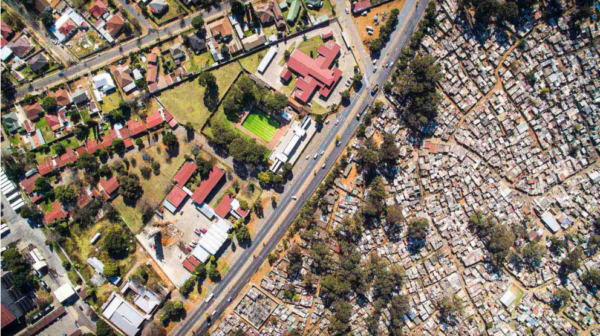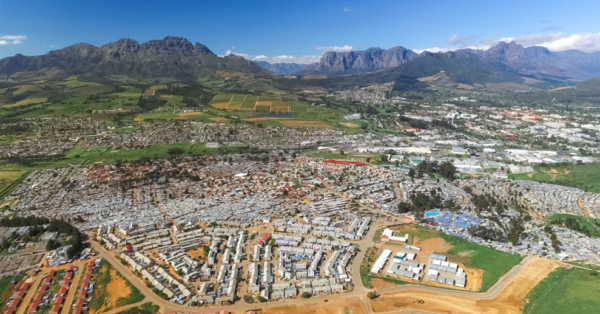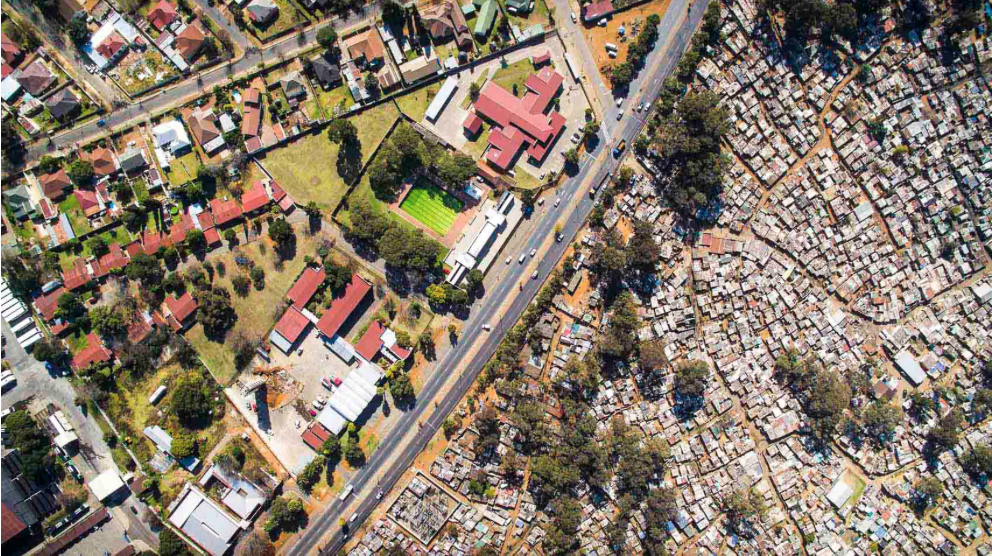The latest cover of TIME Magazine earmarks South Africa as the “most unequal country” in the world, and the cover photo showcases the stark economic inequality between the communities that live adjacent yet extremely separate lives.
The cover is based on photography by Johnny Miller, who has successfully achieved illustrating inequality in the most literal sense – Miller makes use of drones to showcase how the rich and poor can inhabit the same space, but do so in such a vastly different manner.

The project, which Miller titled “Unequal Scenes”, began in 2016 when he studied the post-apartheid city as part of his Masters studies at the University of Cape Town (UCT). “South Africa was so ruthlessly and effectively segregated during apartheid, I just had an idea that by seeing it from the air it would help make that hit home. That the architecture itself is a dividing factor,” he said to TIME.

A study by The World Bank corroborates what Miller’s photography has so aptly highlighted – it determined that South Africa really is the most economically and socially unequal country on the planet. “South Africa remains a dual economy with one of the highest inequality rates in the world, with a consumption expenditure Gini coefficient of 0.63 in 2015. Inequality has been persistent, having increased from 0.61 in 1996. High inequality is perpetuated by a legacy of exclusion and the nature of economic growth, which is not pro-poor and does not generate sufficient jobs.
“Inequality in wealth is even higher: the richest 10 percent of the population held around 71% of net wealth in 2015, while the bottom 60 percent held 7% of the net wealth. Furthermore, intergenerational mobility is low, meaning inequalities are passed down from generation to generation with little change in inequality over time. Not only does South Africa lag its peers on level of inequality and poverty, it lags on the inclusiveness of consumption growth,” the study reads.
“Unequal Scenes” has expanded beyond South Africa and the project also highlights social and economic inequality in other countries, including India, Mexico and Kenya. Miller also plans to visit different parts of the world to grow the project by involving other students, activists, and photographers.
Picture: Johnny Miller






